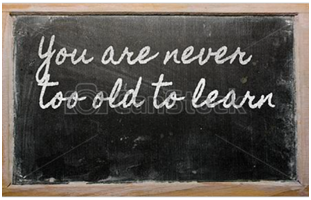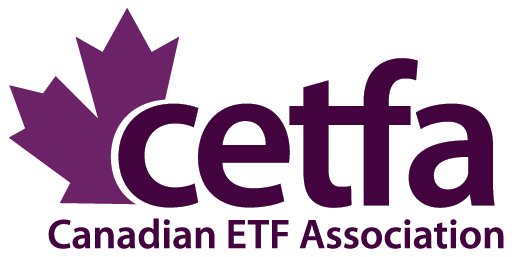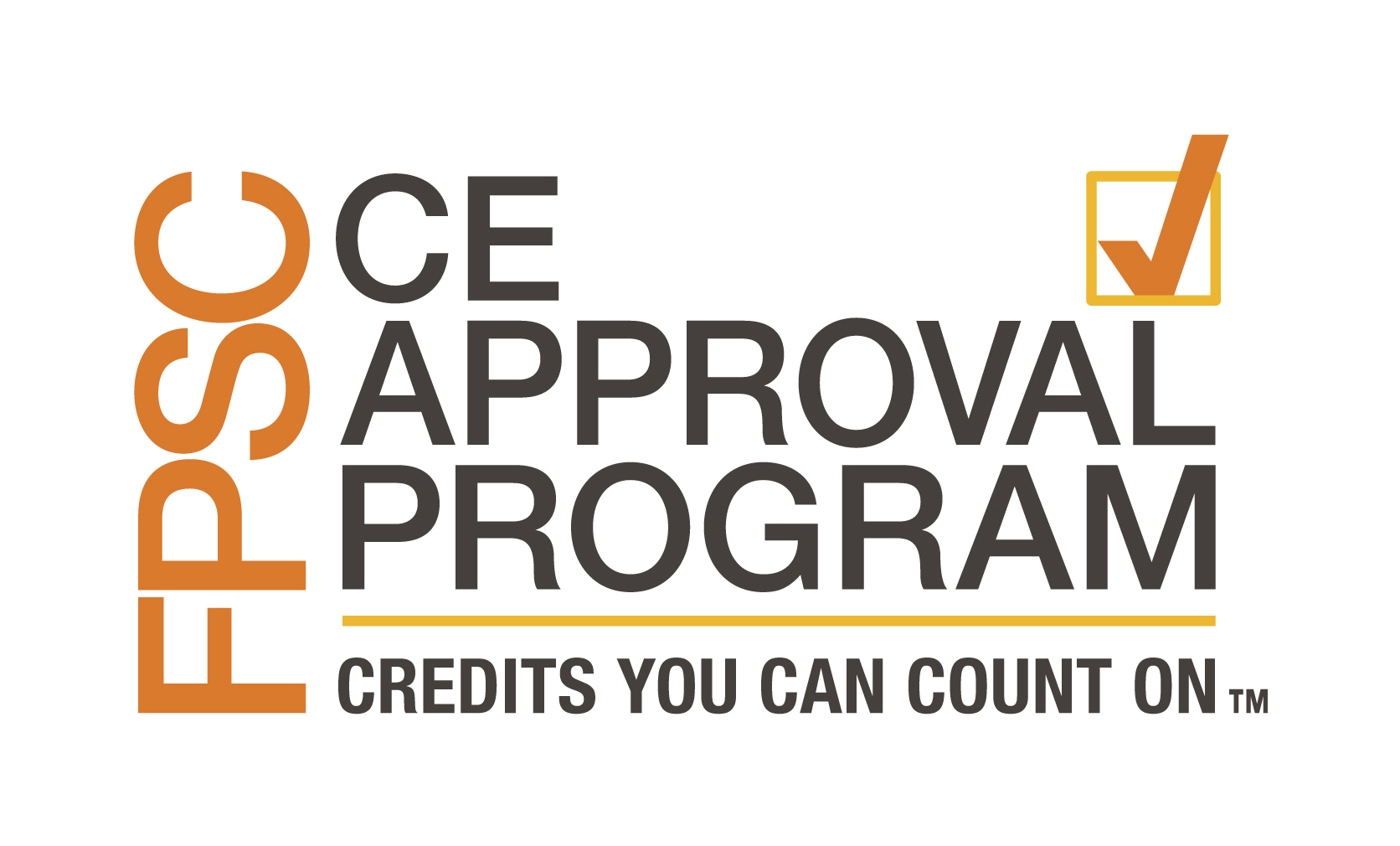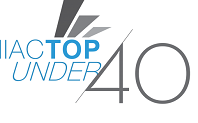Executive education for the over 50s
February 10, 2016 | Toronto | by Laurie M Clark
Executive education for the over 50s

.png)
Are you ‘never too old to learn’ or is it ‘you can’t teach an old dog a new trick’? Probably both, depending on who’s asking and why. Professionals ‘of a certain age’ – that is, in their fifties – may dislike corporate training, and this should be a concern to them and to their companies. A 2010 survey by management-development firm Mannaz said the number of professionals who participate in formal corporate training drops rapidly after age 55.
Why?
Are they too old? Bored? Discriminated against? Cynical? Intimidated by or fed up with young whippersnappers? Do they have diminished cognitive abilities? Recent findings suggest the answer is: none of the above.
A Mannaz spokesperson believes people in this age group find conventional continuing education to be of little value. They’ve heard it or done it before, so disincentives or incentives to train just aren’t enough, unless it’s a week at a pricey training facility in a desirable foreign location.
Recent American research says people in their fifties get satisfaction more from inner fulfillment and less from external sources. Whether due to their kids moving out giving them more free time, being forced by the death of friends to think about what really matters to them, or coming to terms with the fact they will not or do not want to advance further, the 55+’s changing their priorities.
On the positive side, more time to think can mean more time to learn. A Mannaz representative suggests accepting different approaches to learning would help. Examples are: allowing these professionals to conduct their own research, opportunities to exchange information with peers, and the chance to learn more flexibly.
Then how does the firm access the knowledge and experience in the heads of these 55+-years-old professionals?
This exchange can take place when different ages and disciplines are in the same class. Engaging older professionals demands a creative approach. Senior management undervalues the teaching of and by these individuals at its peril; older managers can often be the ‘recovery’ in disaster recovery plan; the mentors rather than hostile to young uber-competitors. Once described as the ‘magnificent middle’, one training expert says: "We need to foster an environment where all of the workforce and particularly the ‘magnificent middle’ are fully engaged and each person’s potential developed to the fullest extent." While the older middle manager may no longer be fast-tracked for the top, they may well be the people that get things done with little fuss because they have extensive personal connections, organizational knowledge and external contacts.
If learning forums are completely separate for individuals, or for people of different age groups and disciplines, employees may detach from each other, from other groups, from the firm’s mission of profitability or from growth. The firm and younger workers lose, but so do the mature professionals as more of them will want to – or have to – stretch their working years beyond the standard of 65.
What’s the solution?
The most important, but forgotten, lesson is that people have different learning styles and motivations for seeking to educate themselves. Some like abstract theory, while others want practical applications. Some like all the background, others want ‘just the facts, ma’am’. Some like to know where to go when they need information, others want convenient ways to learn, such as podcasts that can be watched while working out.
Some people like just-in-time learning – short sessions given just before what’s learned is used, as there’s no better practice than a real-life situation. One example might be an hour of training and role-playing before meeting clients to discuss a new tax-advantaged savings program. Some call this a sink or swim approach. For middle managers, some university business professors promote a shared self-training alternative, where experienced executives, using a ‘teachers’ guide’ on a topic (say a summary of recent spam legislation), meet for an hour or so to address how the topic affects them, learning from each other and developing workable solutions for their environment. Some may say this is more a problem solving approach or brainstorming and it is certainly informal learning, rather than training.
Choosing and implementing training options is an art, not a science.
As with exercising, mix it up. If you can’t tailor training to everyone specifically, provide alternative forms of learning: in-class, on-line, podcast, guided discussion among peers, or an inter-age or inter-discipline group. The Smarten Up Institute has successfully led the blended learning platform approach in Canada. How do we measure this? Our students go on to greater careers and make better and more informed critical decisions no matter their role at their financial firms, and ultimately, this translates to an improved experience for the investor. Having the best educated advisor and support staff serving the investor is our ultimate goal. We know it’s yours too.
SUI can meet your needs and help your firm put together and deliver a complete education program that reaches all the components of and all the people in your organization – and meet the goal of having the best educated advisor and support staff serving the investing public.






Follow SUI